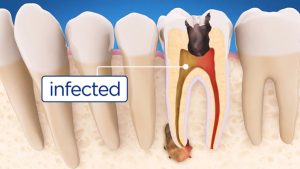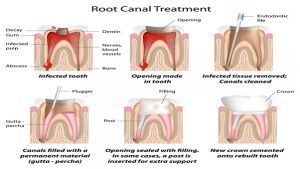Root Canal Therapy
When a tooth has a deep cavity that is in contact with the nerves and blood vessels of the tooth, a root canal treatment is needed to save the tooth. In this treatment, the infected tooth is cleaned out and a filling material is placed in the roots of the tooth. A root canal treated tooth has a long life ahead of it and may require a crown to protect it
Steps to a pain free root canal treatment
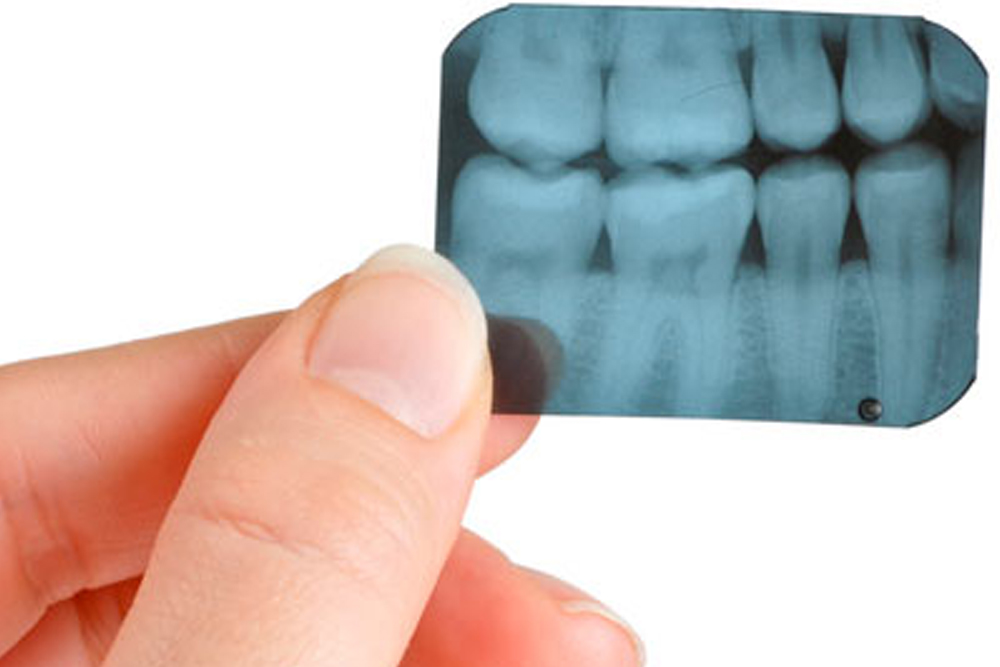
Step 1
During your initial consultation, the tooth is assessed clinically and with xrays. Antibiotics will be prescribed if you need a root canal treatment.
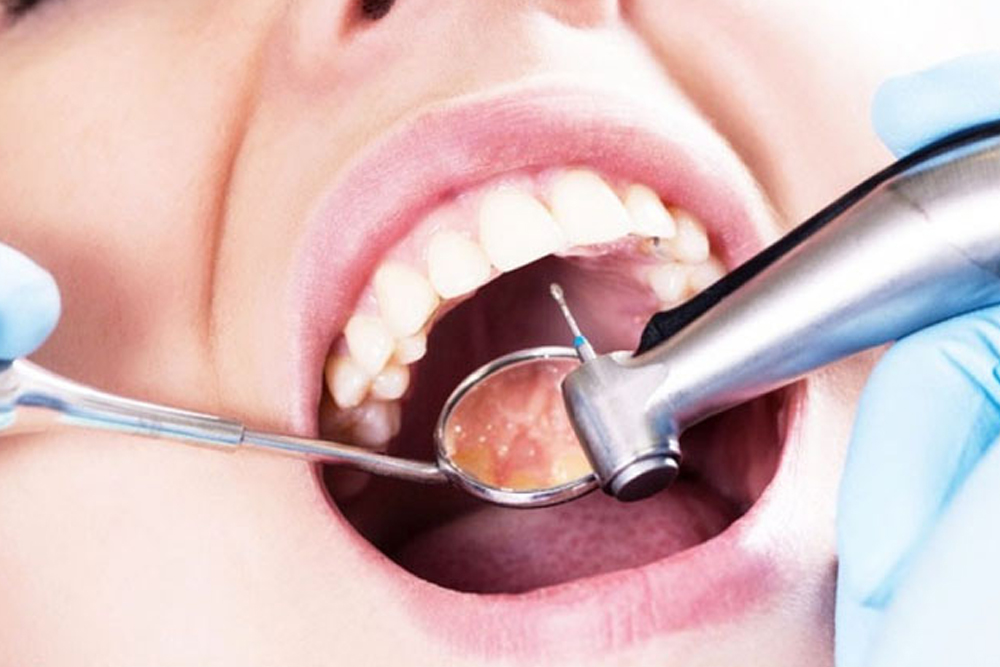
Step 2
Our specialist performs the root canal procedure under local anaesthetic so it’s totally painless. A typical root canal treatment needs 1 or 2 sittings.
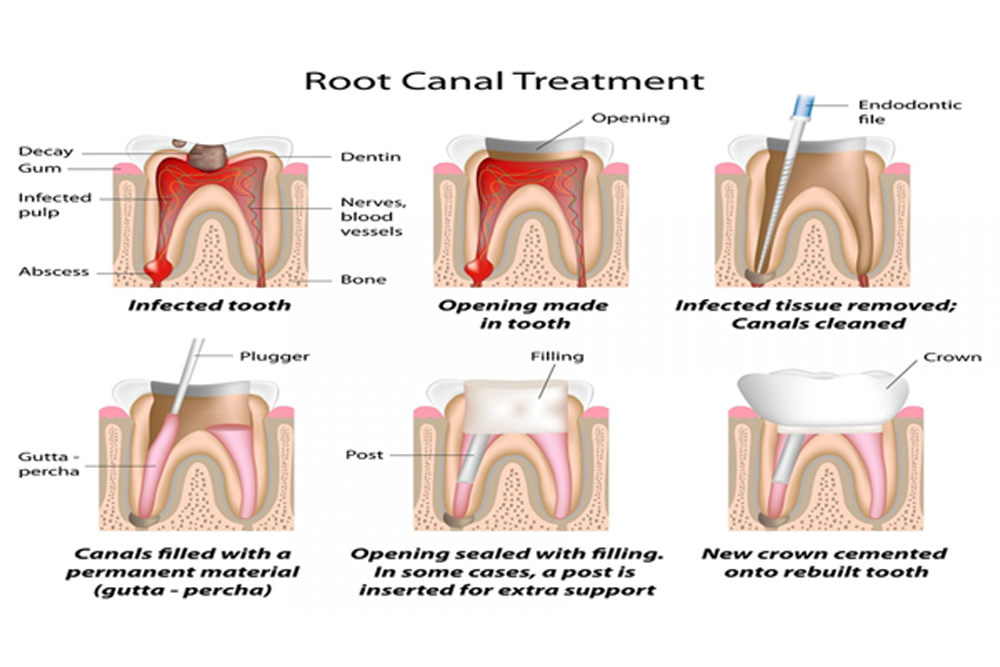
Step 3
After a week, your tooth is ready to be crowned (if indicated) and will be ready for action!
Frequently Asked Questions
More questions? We’re ready to help. Give us a call at +91-44-49501100 or book online now.
We often hear people say, ‘I got a Root Canal done’. What does this mean?
A lay person may say that it means that a root has been taken out or the nerve has been cut and the root filled thereafter. The real term is ‘Root Canal Therapy’, which is essentially treatment for the root structure of your tooth.
The top part of your tooth that is visible in the mouth is called the crown. It has an outer hard layer of enamel and a second softer layer with fine nerve endings in it called the dentin. The two layers together enclose and protect the nerve or pulp tissue which provides strength to the tooth. The nerve is sensitive to changes in temperature and pressure. The nerve tissue narrows down and continues down the entire length of the root and is housed in a narrow canal termed the root canal. The canal is just a passage in which the nerve is housed, and it ends up at the tip of the root. Teeth with multiple roots have a nerve running in each of the canals. Further, these nerves have several fine branches running criss-cross within the root. It is indeed a very complex system.
When the tooth is healthy, the presence of the nerve is not felt. If the tooth is attacked by bacteria from a cavity or from gum disease or a strong biting force, the affected nerve starts to deteriorate and may gradually become ‘non-vital.
Depending on the status or stage of the infection the tooth may experience pain when biting and become sensitive to hot or cold liquids or food. As the infection progresses the bacteria that are now trapped inside the root start to multiply and release toxins and all of this starts up the process of inflammation or swelling. The tooth being a hard, closed structure, pressure is created, and a severe tooth ache develops.
At other times, a childhood injury to the tooth can slowly show symptoms several years later with a change in colour of the tooth with some accompanying discomfort.
In spite of the nerve being infected we still want to save the tooth because it can still serve as a biting tool if the infection is removed and the tooth is protected with a crown. In the case of front teeth, a tooth saved by a root canal procedure will still help you smile with confidence as the root canal procedure is done thru a small hole behind the tooth and will not be visible when you smile.
The dentist verifies that the tooth is infected by means of clinical tests and an X-ray. A local anaesthetic is given to numb the tooth and the entire nerve tissue is removed. The inside of the canal is shaped and sterilised to prevent new bacterial growth. The procedure takes 1-3 sessions. An inert material, the most common being gutta percha, a natural product, is used to hermetically seal the empty canal because it does not allow bacteria to grow.
Root Canal Therapy is a means of prolonging the life of the tooth and avoiding radical methods like extraction to remove infections. This conservative modality of managing a root infection has helped save millions of teeth and preserve the natural dentition.
The success rate is very high, but due to the intricate root structure, sometimes further complicated by calcium deposits and resistant bacteria, this success rate can be reduced.
Root treated teeth, in some rare cases, can become re-infected again and then the task of saving the tooth becomes more challenging.
When you consider that this treatment is the only chance to save your tooth, it is well worth the time and effort. The cost of root canal treatment is much less than the cost of dental implants, but you will need a clinical and radiographic examination to determine if your tooth can be saved by root canal treatment.
Success rates have improved dramatically in the past few years with the advent of sophisticated cleaning devices, digital 3D imaging and Lasers.
Finally, the success of Root Canal Therapy depends on a skilled dentist, excellent oral hygiene and a motivated patient. A review of multiple studies on the long term success rate of root canal treatment over 10 years is approximately 86-93%. We practice the highest standards of asepsis and sterilization to ensure long term success of your root canal treated tooth. [1, 2]
No. We advise crowns for back teeth such as molars and premolars when a significant amount of tooth structure has been lost due to infection or trauma. Root canal treated front teeth do not normally need a crown, unless they begin to discolour or have large portions of damaged tooth structure.
It is inadvisable to get a veneer done on a root canal treated tooth except under very rare circumstances. If the tooth needs a restoration after the procedure, the tooth is best protected by a crown.
On the day of your initial consultation, our team will diagnose the need for a root canal procedure after assessing your symptoms and studying your X-rays. If possible, a temporary filling will be placed in the tooth to relieve your pain. Following this, antibiotics and pain killers will be prescribed to you. Usually, it will be required to start the antibiotics on the night prior to the root canal procedure.
After the root canal procedure, the team at Acharya Dental will advise you to complete the antibiotic course as prescribed. You will also be advised to take the pain killers that have been prescribed to you if needed. In general, patients report some mild soreness in the tooth for a few days after the procedure. You will also be advised to avoid biting hard foods on the root canal treated tooth for about a week.
In some cases, due to extreme forces while biting or due to dental caries, the root canal treated tooth may fracture. In such situations, the remaining part of the tooth will be assessed by the Acharya Dental team clinically and with X-rays. If it is possible to save the tooth, a post will be used to replace the missing tooth structure and make a crown. If it is not possible to save the tooth, it will need to be extracted, and an implant, bridge or denture may be used to replace the missing tooth.
A root canal treated tooth must be cared for in the same way as a non-root canal treated tooth. Even though the root canal treated tooth will not be sensitive or painful due to cavities or trauma as the nerve in the tooth has been removed, it is still susceptible to cavities as the calcium in the tooth is attacked by the bacteria in the mouth. Hence, regular brushing and flossing is still extremely important to preserve and maintain a root canal treated tooth.
References
1. Ng, Y.L., V. Mann, and K. Gulabivala, Tooth survival following non‐surgical root canal treatment: a systematic review of the literature. International endodontic journal, 2010. 43(3): p. 171-189.
2. Ng, Y.L., et al., Outcome of primary root canal treatment: systematic review of the literature–Part 2. Influence of clinical factors. International endodontic journal, 2008. 41(1): p. 6-31.



